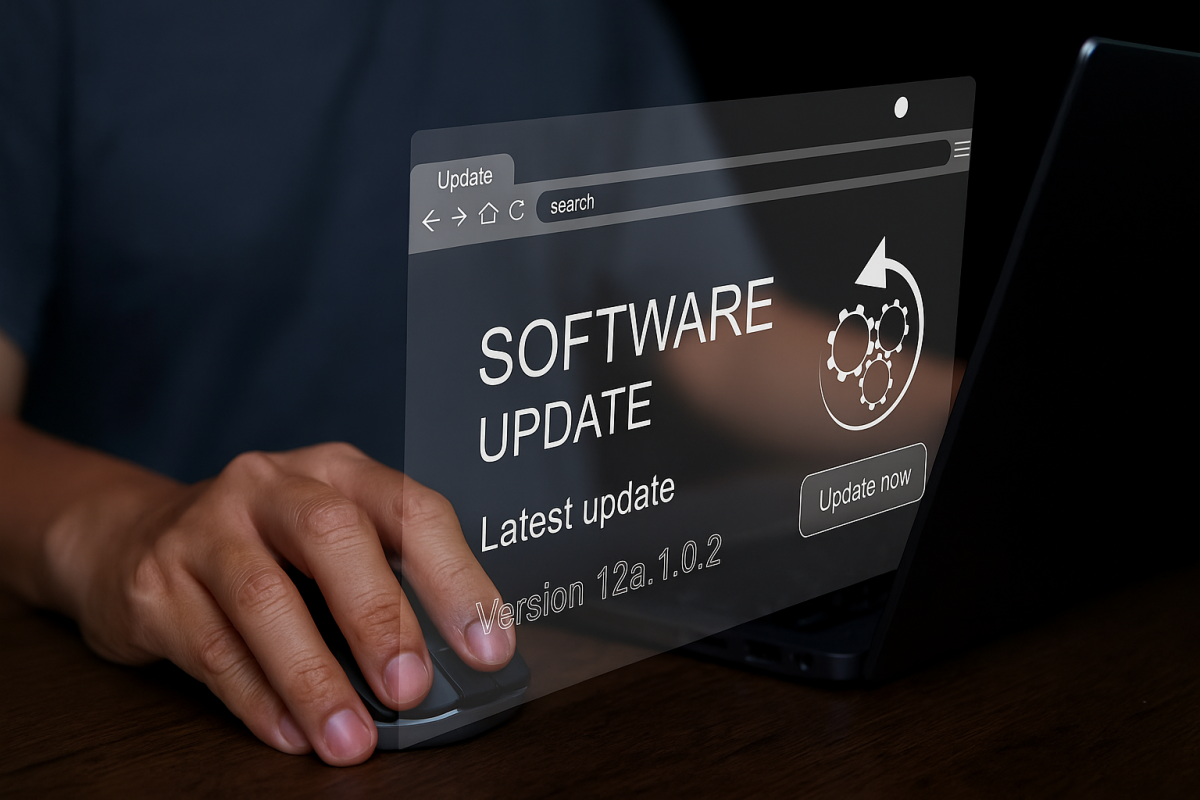

The Pain of IT Budgeting: Strategies for Optimizing Your IT Spending
When it comes to paying the bills, most businesses greatly dread the process of IT budgeting. They find it to be a strenuous and complex task that can be challenging to master. For this reason, many businesses never even try to cut costs and manage their IT spending in the first place. If you have ever struggled with this dilemma, this article is for you.
Strategies To Optimize Your IT Spending
- Define Your Business Goals
The first step in developing an IT budget and optimizing spending is understanding your business goals, including what you want from your IT solutions. Then, you can use this knowledge to determine what technologies will help meet those goals while staying within budget constraints. Figuring out your business goals upfront will help ensure an efficient spending plan later on.
- Measure Success in Using IT Effectively and Efficiently
To make decisions down the road about IT spending, you’ll need to define what success means for your organization. You’ll want to create an actionable plan that aligns with your goals and helps you track and achieve them with your IT budget.
Track those metrics over time allows you to see how well things are going and make adjustments when necessary. That’s where key performance indicators (KPIs) come into play: they provide insight into how well your plan is working by measuring specific data points related to the goal at hand, like usage rates or satisfaction ratings.
- Make Use of Your Existing Technology Infrastructure Assets
Using existing assets within your technology infrastructure will help reduce overhead costs while allowing you to focus on purchasing new equipment and software only as necessary.
For example, can you use existing technology to automate manual processes? Automating manual processes can help you do more with less by reducing the time spent on menial tasks and giving you more time for strategic initiatives that drive business value. You might also consider making better use of cloud services by migrating non-critical applications there so you can free up more resources for business-critical systems.
- Figure Out Where to Invest in New Technologies
What are the goals of your organization? What do you need in order for those goals to be achieved? These questions will help you determine where you should focus on new spending.
Once you know what technology investments will help achieve these strategic objectives, it’s time to decide how much money and time should be spent on each one. The best way to do this is by determining how much value each new initiative will add over its lifetime. This process involves analyzing the costs associated with implementing a particular project, identifying other resources that may be required for success, and estimating how much revenue will be generated by that investment.
- Reduce Costs by Eliminating Non-Essential Services or Equipment
You can reduce costs by eliminating non-essential services and equipment. For example:
- Are there any unnecessary subscriptions or software licenses that you can cancel?
- Do you really need the latest and greatest technology in your organization? If it’s not a game changer, then stick with what works.
- Are there any applications or services that could be outsourced (i.e., cloud-based) instead of hosted internally?
IT Budgeting Doesn’t Have to be Painful
IT budgeting doesn’t have to be painful. Remember to break the process into steps, decide how new spending will support business initiatives, and reduce costs where possible. Also, keep in mind that there are many ways to approach this kind of planning, but whatever approach works best for your organization will depend on its size, resources, and goals.
LeadingIT offers 24/7, all-inclusive, fast and friendly technology and cybersecurity support for nonprofits, manufacturers, schools, accounting firms, religious organizations, government, and law offices with 20-200 employees across the Chicagoland area


